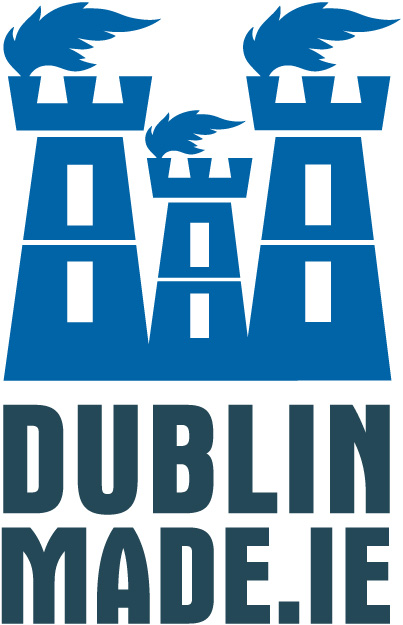The heart of any city it its river and the Liffey (Irish: An Ruirthech), flowing through Dublin city to Dublin Bay, has been a vital trade route since the Vikings arrived in 841 AD. The Liffey also connects to the River Shannon via the Grand and Royal Canals. While major commercial navigation now ends at the East-Link toll bridge, the river once brought shipping far into the city, with Guinness barges mooring as far upstream as Victoria Quay below the St. James’s Gate Brewery.
CHARTERED FERRY
1665 Flooding was a frequent threat in medieval Dublin, with several records of the city’s bridges being swept away. One such incident occurred in 765 AD, when an army of the men of Cianachta tried to cross the river and was overwhelmed by a sudden flood, leading to many drownings.
The first ferry service was officially chartered in 1665 by King Charles II, although its history dates back to at least the 1400s. The King’s charter aimed to address the lack of bridges spanning the River Liffey, which for an unusually long time was served by just a single crossing point.
AT A LOSS
The Liffey Ferry served Dubliners for centuries, transitioning from rowboats to a motorised ferry in the 1960s. During its busiest period in the 1950s, it carried up to half a million passengers annually. However, by 1961, the service was struggling financially, generating only £2,821 in income while costing £8,311 to operate. Despite its popularity, mounting losses leading to the ferry’s decline was inevitable. On October 21st 1984, after 319 years of operation, the opening of the Tom Clarke Bridge (commonly known the East-Link Toll Bridge) marked the end of the historic ferry service, which closed on the same day.
REBIRTH
After the ferry was decommissioned in 1984, former coxswain Richie Saunders and his son stepped in to save it determined to preserve its legacy. Working at the Arklow Marine Services workshops they began the painstaking process of restoring it to its former glory, before selling it to the Irish Nautical Trust. On January 22nd 2019, after a 35-year absence the restored Old Liffey Ferry No. 11 was proudly returned to service by the Irish Nautical Trust with former coxswain Richie Saunders at the helm.
Speaking at the relaunch, the then Chief Executive of the Dublin Port Company Eamonn O’Reilly, said: “Dublin Port is delighted to bring the No. 11 Liffey Ferry back in service with the support of Dublin City Council in the latest initiative to connect both port and city. There are those in nearby Ringsend, Irishtown, East Wall and further afield who will remember catching the ferry to work, and I have no doubt her return will bring back fond memories for many…” NEW
NEW FERRY ROUTES
The refurbished Old Liffey Ferry having formerly run between North Wall Quay to Ringsend and South Wall Quay, was back again ferrying 18 passengers at a time. The new 2019 service runs between the MV Cill Airne and Sir John Rogerson’s Quay and The Point Depot (3Arena) pontoons. Hour-long trips around Dublin Port and the up the River Liffey are also offered, departing from the MV Cill Airne near the Convention Centre, the trip passes under the Samuel Beckett Bridge, by the Ronnie Drew Crane, and toward the Great South Wall and Ringsend Chimneys.
Along the way, discover tales of tall ships, pirates, treasure, and Ringsend’s ties to the sailing fishing trawlers of Brixham in Devon, while spotting wildlife like seals, gannets, and Europe’s largest Arctic tern colony.
IRISH NAUTICAL TRUST
The Irish Nautical Trust operates the Old Liffey Ferry as both a tour vessel and a training platform, dedicated to educating and training young men and women from the local community in a wide range of maritime skills.
Founded by maritime historian John DeCourcy Ireland, the Trust was established to preserve Dublin’s rich maritime history and traditions, ensuring the passing down of essential skills from one generation to the next. Proceeds from fares directly support the Trust’s maritime training program, which provides participants with formal qualifications accredited by the Irish Sailing Association.
If you have a story to share, please email Kevin Reid [email protected]

Sources of Information and Photo Credits:
Cogitoergosum1981
Dublin Port
DublinDocklands.ie
Irish Defence Forces
Irish Independent
IrishArchelogy.ie
IrishNauticalTrust.ie
OldLiffeyFerry.com
RTE Archives
The Cleveland Institute
The Lorcan Film Unit
The National Archives


